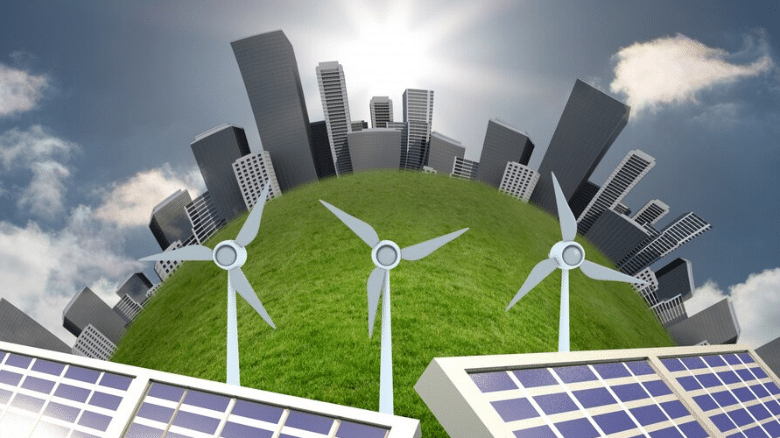Are you tired of relying solely on traditional energy sources for your buildings? Have you ever wondered if there are alternative ways to power your properties?
Imagine a world where buildings can harness the power of the sun or the wind to generate electricity, reducing their carbon footprint and promoting a sustainable future. In this article, we will explore alternative energy sources for buildings and how they can revolutionize the way we construct and operate our properties. From solar power to geothermal energy, get ready to discover a whole new realm of possibilities!
Solar Power: Harnessing the Power of the Sun:
Solar power has gained significant popularity in recent years, and for good reason. By harnessing the energy from the sun, buildings can generate electricity and reduce their reliance on the grid. The process involves installing solar panels on the roof or in an open area to capture sunlight, which is then converted into usable energy. The key benefits of solar power include its renewable nature, potential cost savings in the long run, and its ability to generate electricity even on cloudy days.
However, it's essential to consider factors such as the initial investment required for solar panel installation, the space available for panels, and the efficiency of the system. Additionally, the geographical location of the building plays a crucial role in determining the solar potential. Areas with higher levels of direct sunlight, such as Hyderabad, are ideal for solar power generation.
Wind Energy: Embracing the Power of the Wind:
If you've ever seen rows of towering wind turbines generating electricity, you've witnessed the power of wind energy. Wind power is another promising alternative for buildings, especially those located in open areas or near wind farms. By harnessing the kinetic energy of the wind, turbines can convert it into usable electricity.
One of the advantages of wind energy is its scalability. Buildings can install small-scale turbines on their premises or partner with wind farms to share the generated electricity. However, it's important to conduct a thorough feasibility study to assess factors such as wind speed, wind direction, and potential obstructions that may impact the efficiency of the turbines. Additionally, noise and visual impact are considerations that need to be addressed, especially in areas with residential buildings.
Geothermal Energy: Tapping into the Earth's Heat:
Did you know that beneath the surface of the Earth lies a virtually limitless source of energy? Geothermal energy utilizes the heat trapped within the Earth to generate electricity or provide heating and cooling for buildings. By tapping into geothermal reservoirs, buildings can significantly reduce their energy consumption and carbon emissions.
Geothermal energy systems typically involve drilling boreholes to access hot water or steam reservoirs. The heat energy is then utilized through various technologies, such as heat pumps or geothermal power plants. One of the significant advantages of geothermal energy is its consistency, as it is not reliant on weather conditions like solar or wind power. However, the initial setup cost and the availability of suitable geothermal reservoirs are crucial considerations for building owners.
Biomass: Harnessing the Power of Organic Matter:
Biomass energy involves utilizing organic matter, such as wood, agricultural waste, or dedicated energy crops, to produce heat or electricity. By converting biomass into a usable form of energy, buildings can reduce their reliance on fossil fuels and contribute to a more sustainable energy mix.
There are various biomass technologies, including combustion, gasification, and anaerobic digestion, each with their own set of advantages and considerations. For example, biomass combustion can generate heat for space heating or industrial processes, while anaerobic digestion can produce biogas for electricity generation. However, the availability of biomass feedstock, efficient conversion technologies, and potential emissions are factors that need to be evaluated.
Conclusion:
Exploring alternative energy sources for buildings is no longer a luxury; it's a necessity. With the increasing focus on sustainability and reducing carbon emissions, it's time to embrace innovative solutions that can power our buildings in a greener way. Whether it's harnessing the power of the sun, wind, Earth, or organic matter, alternative energy sources offer a promising future for construction and real estate in Hyderabad and beyond.
So, are you ready to unlock the potential of alternative energy sources for your buildings? The choice is in your hands – embrace sustainability and pave the way for a brighter and greener tomorrow.

